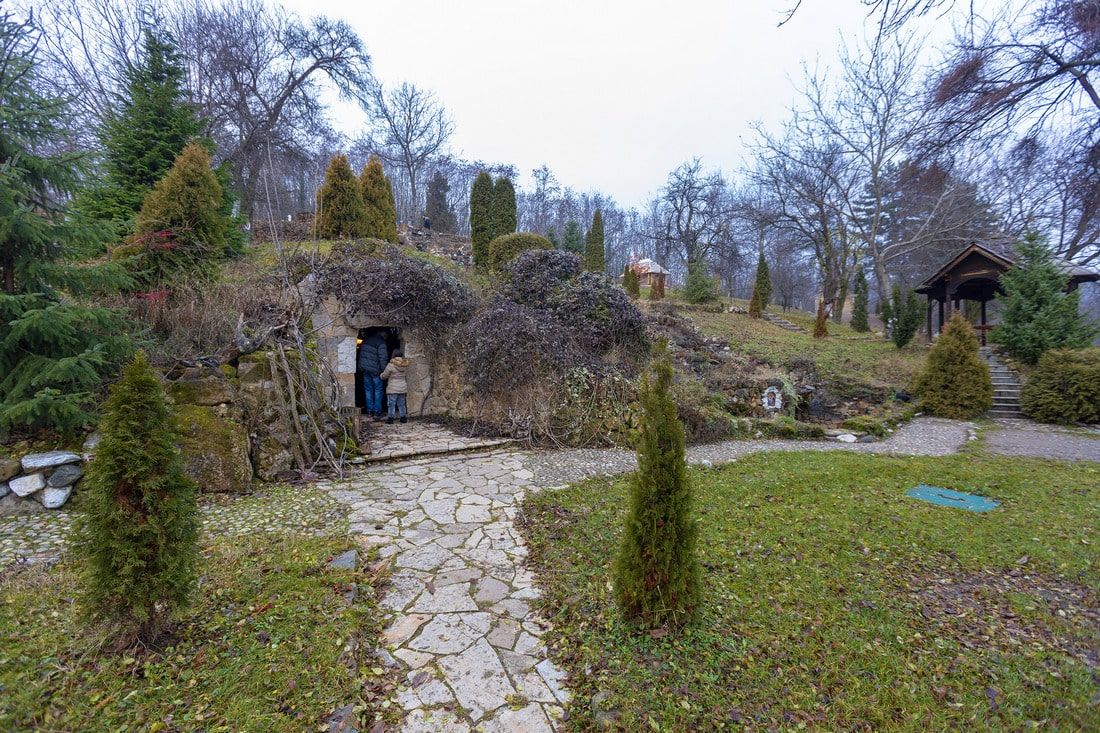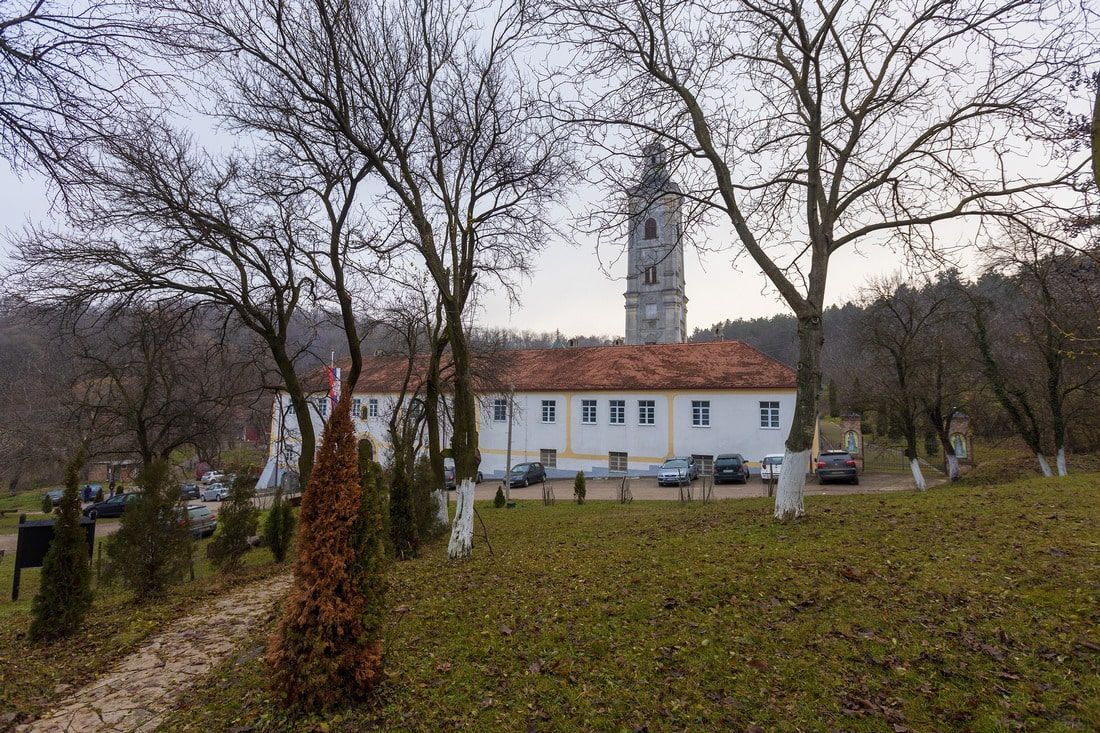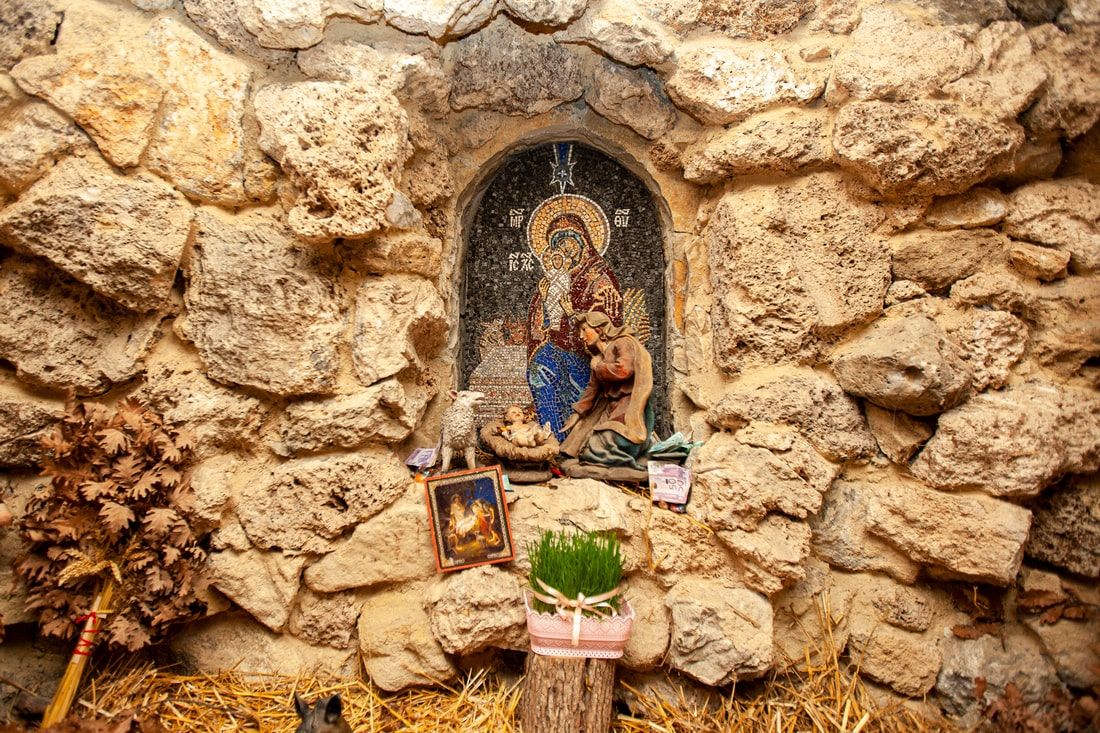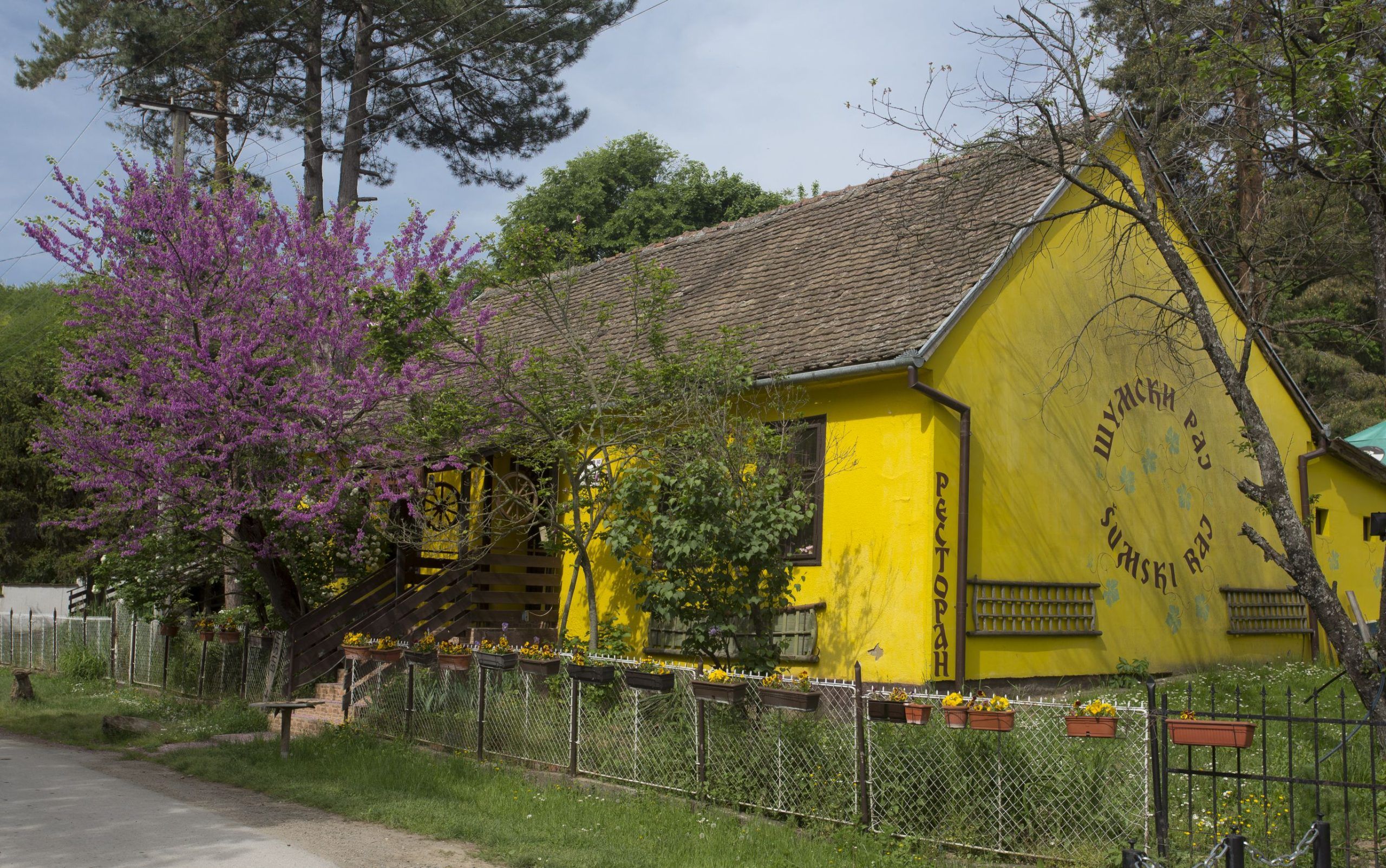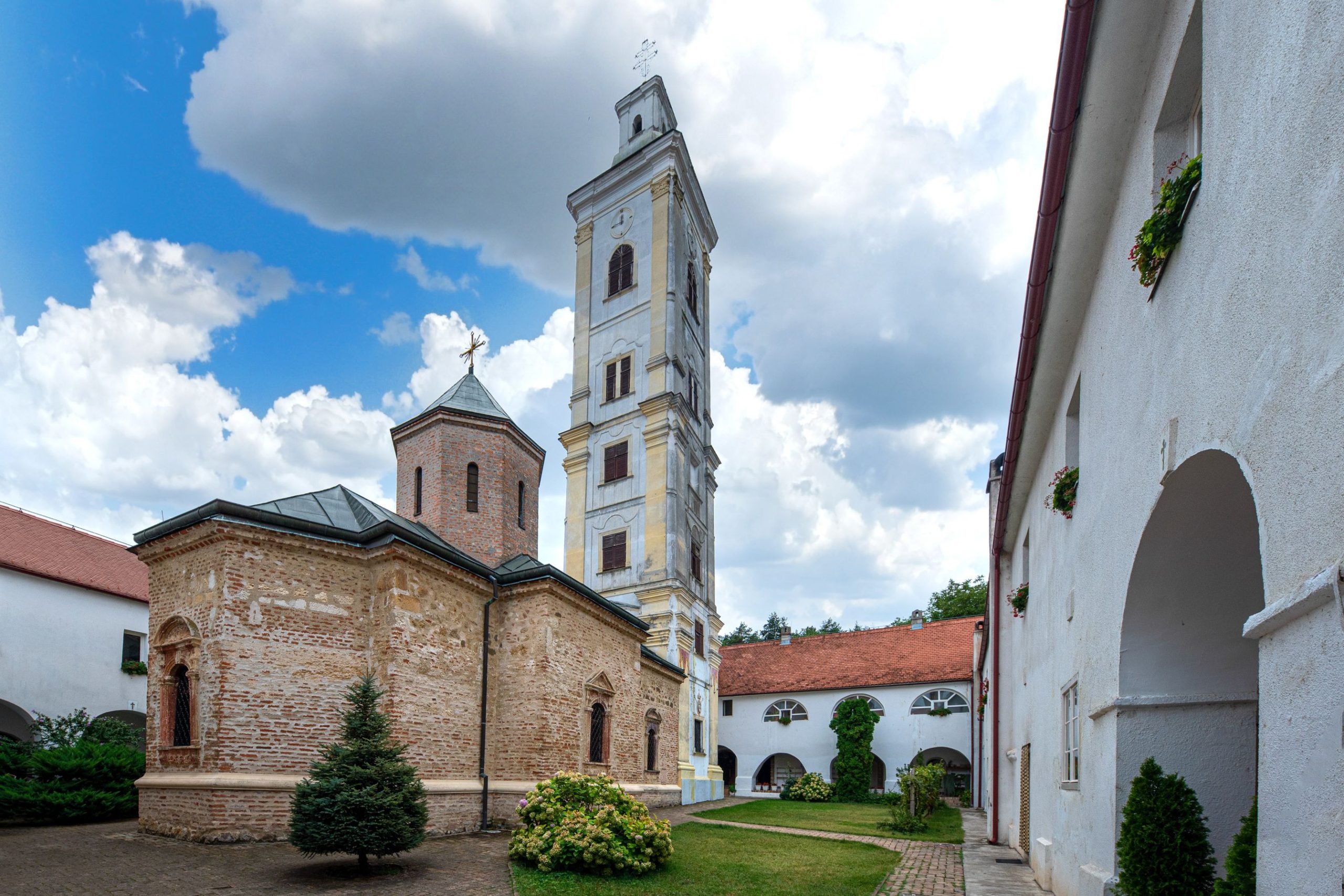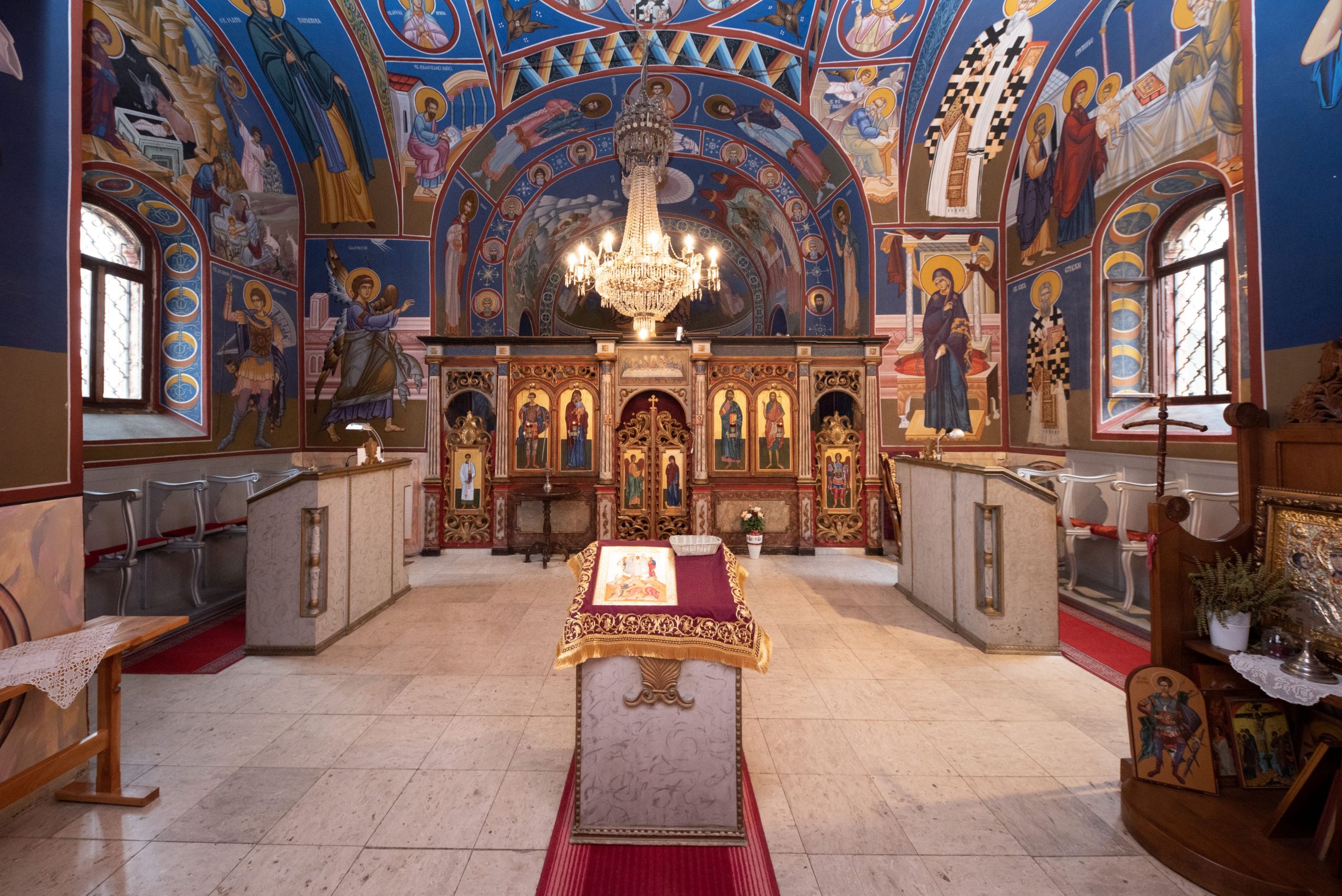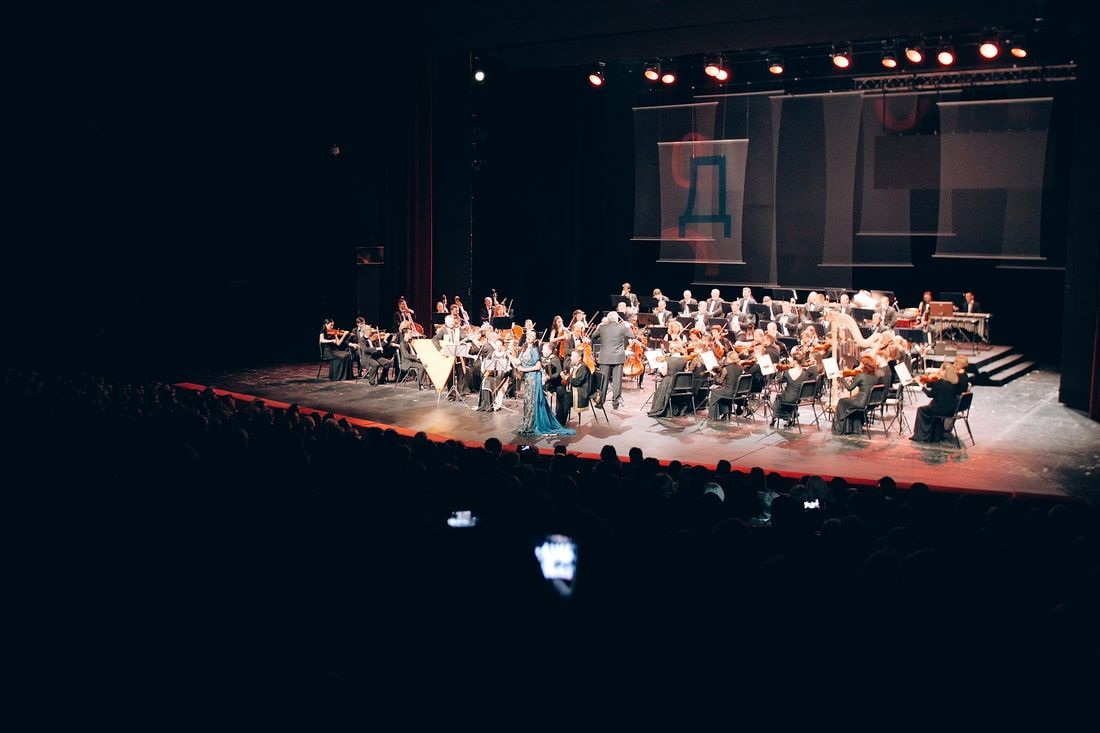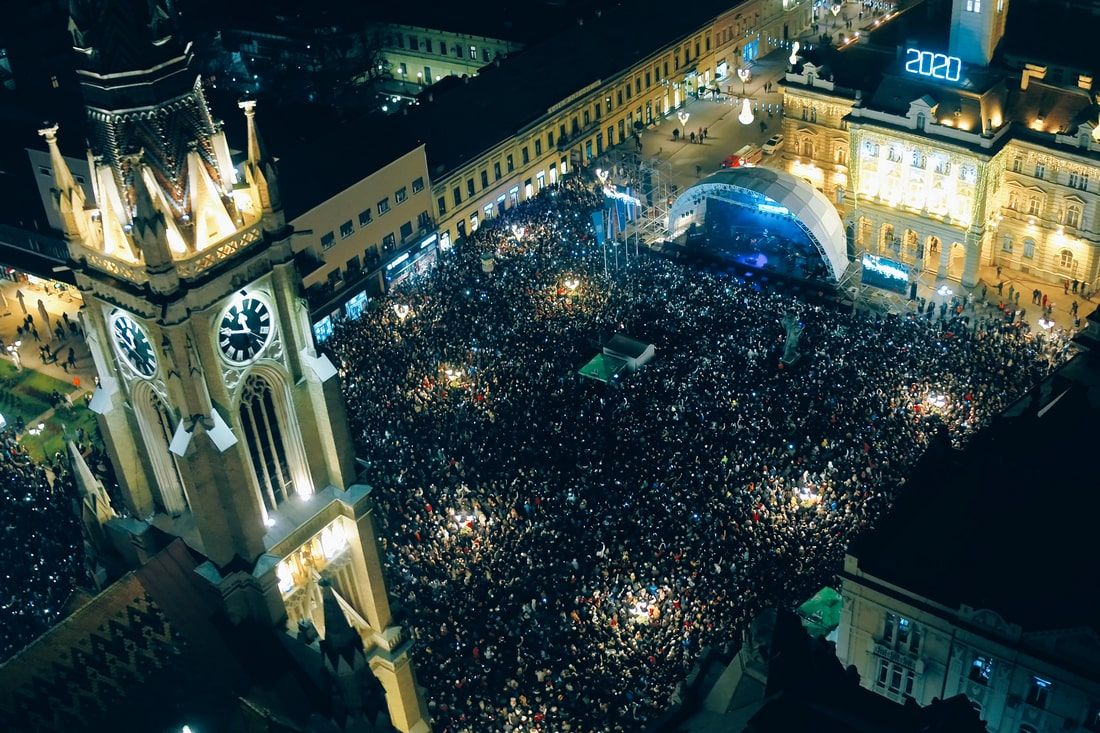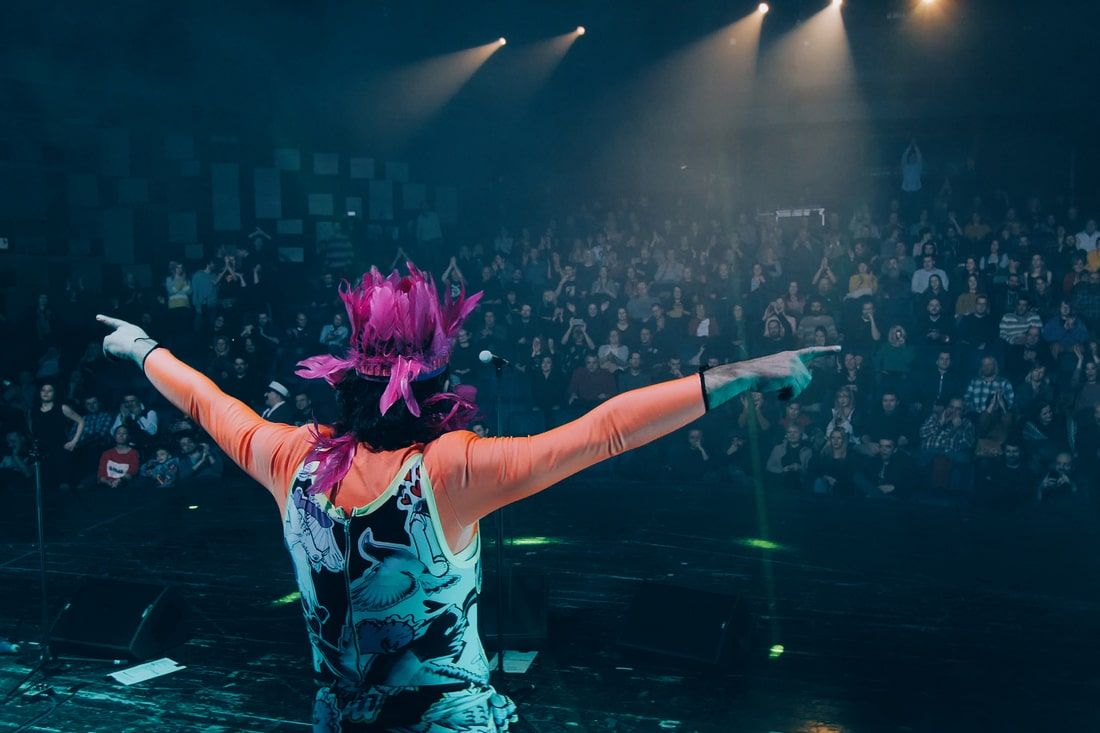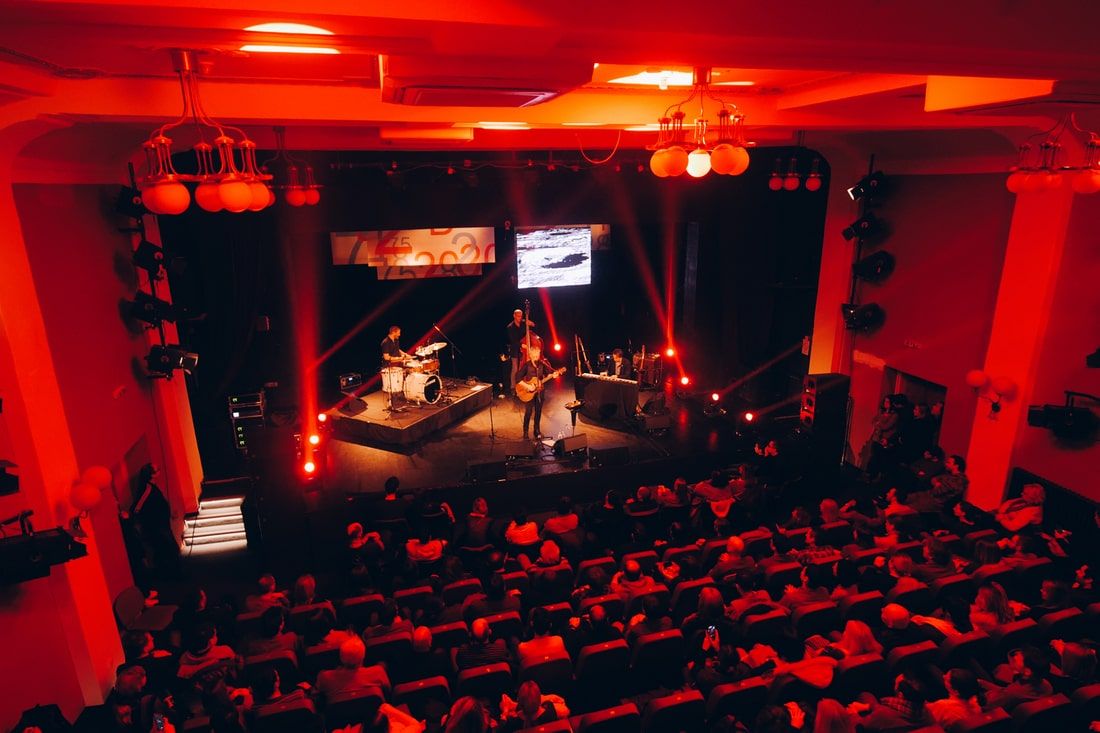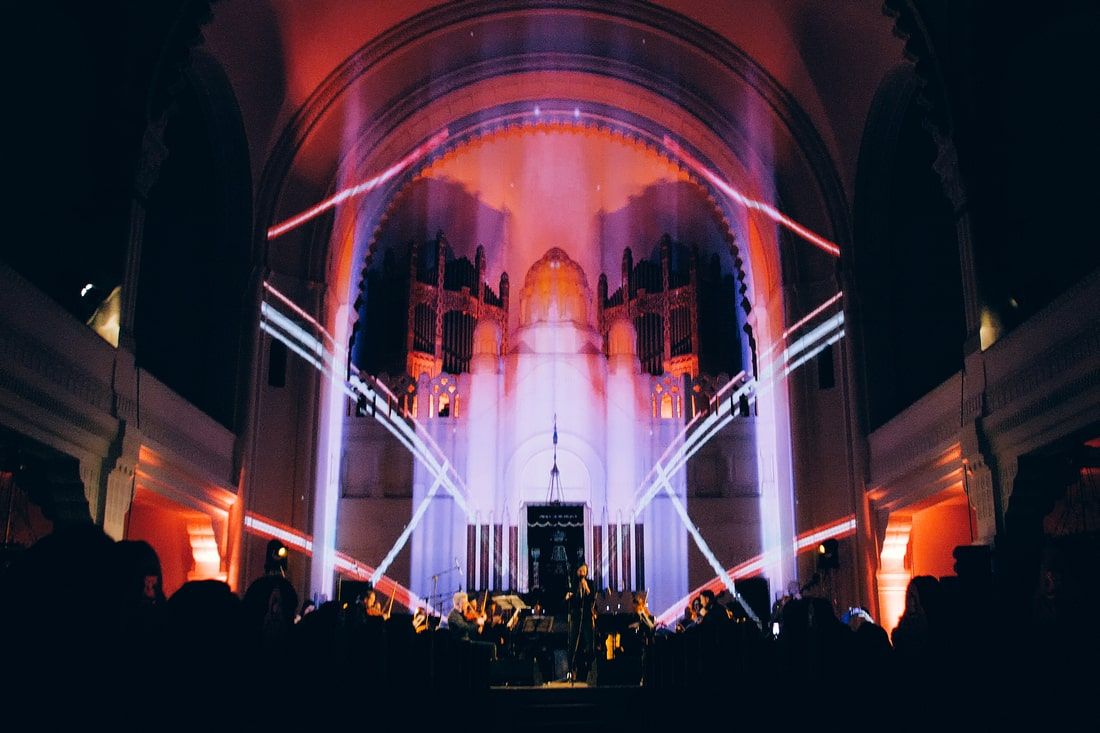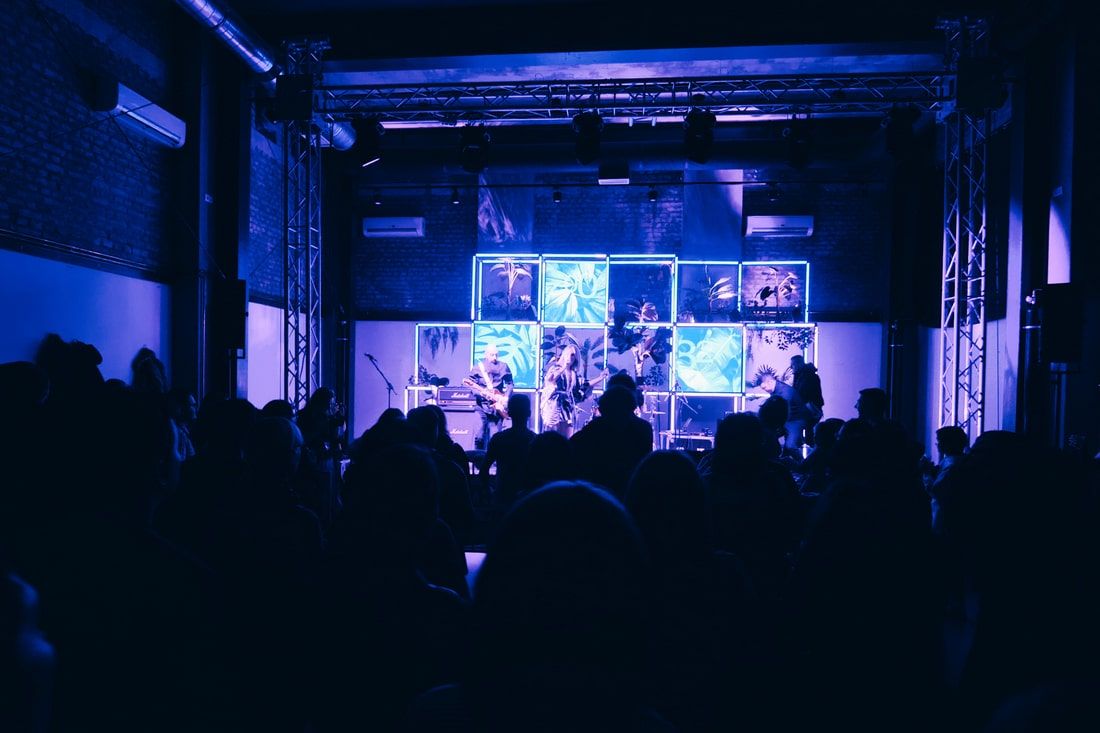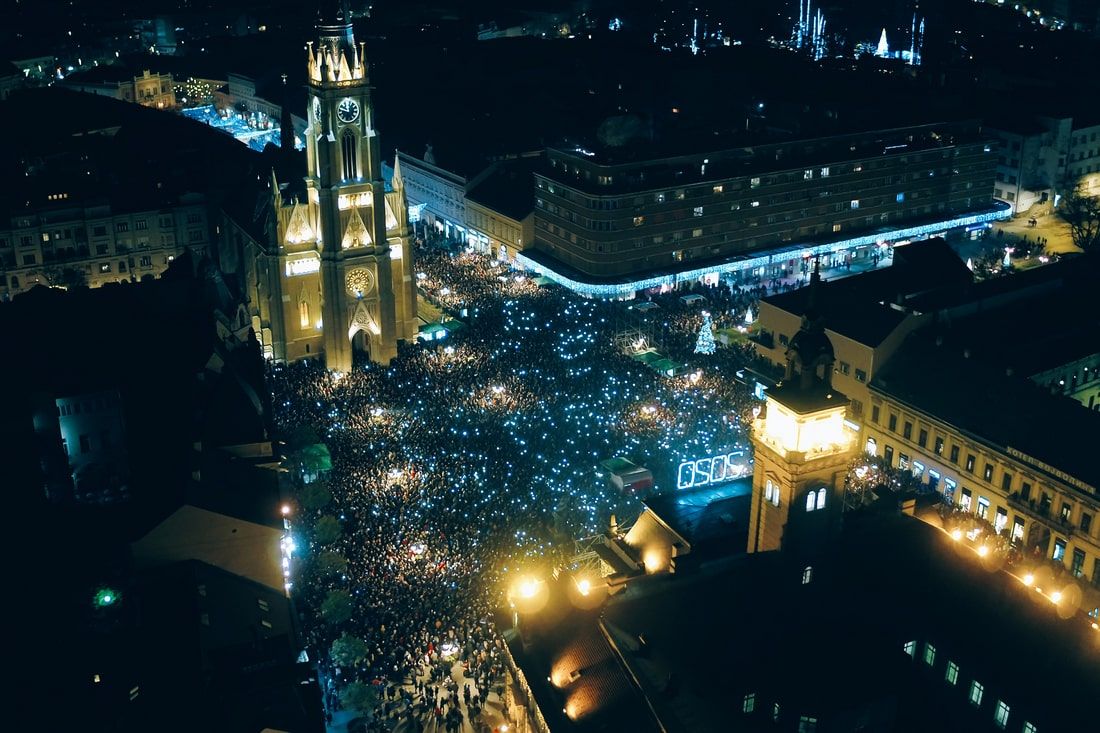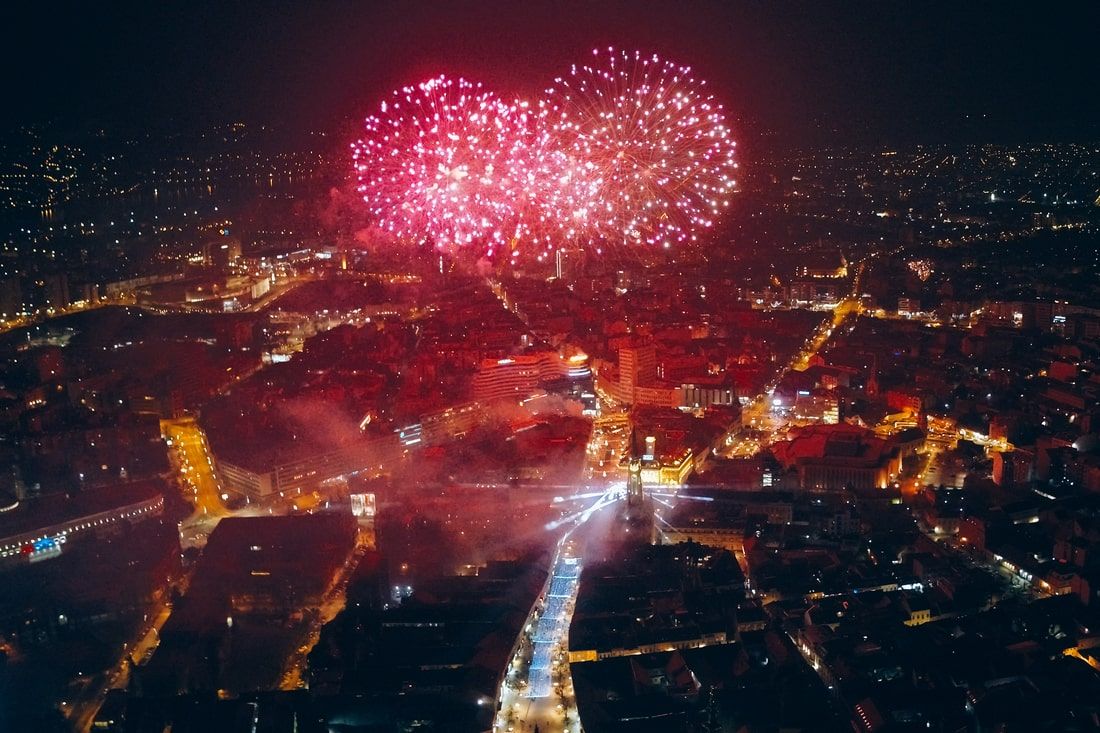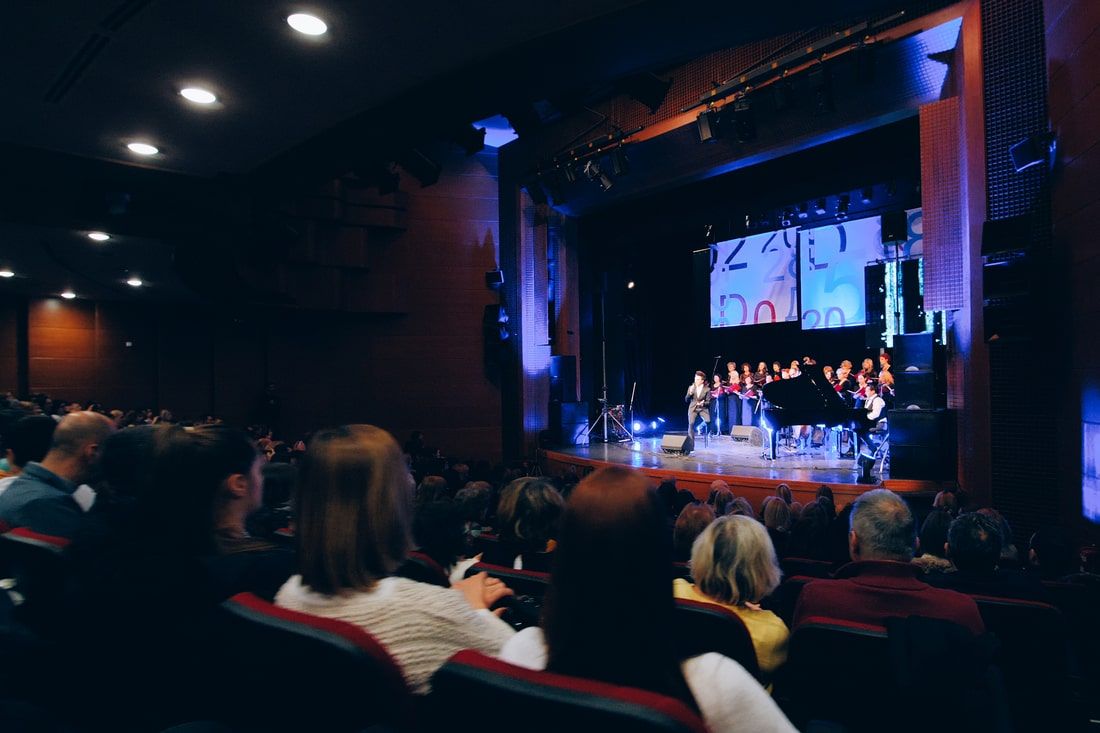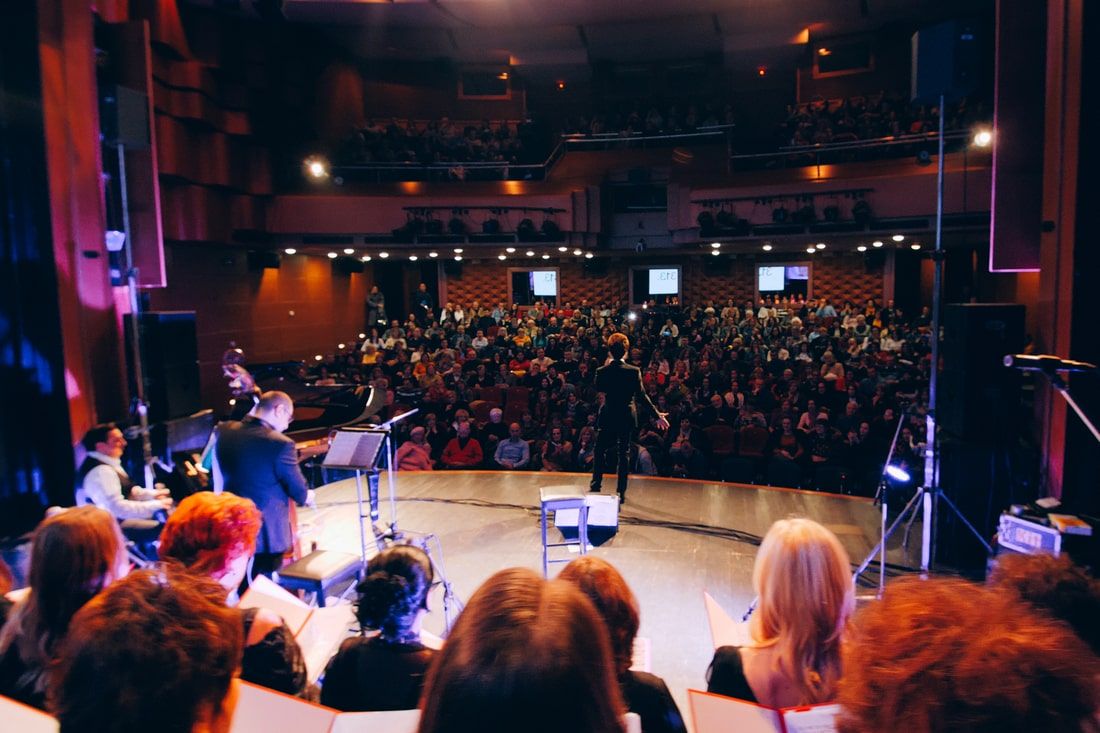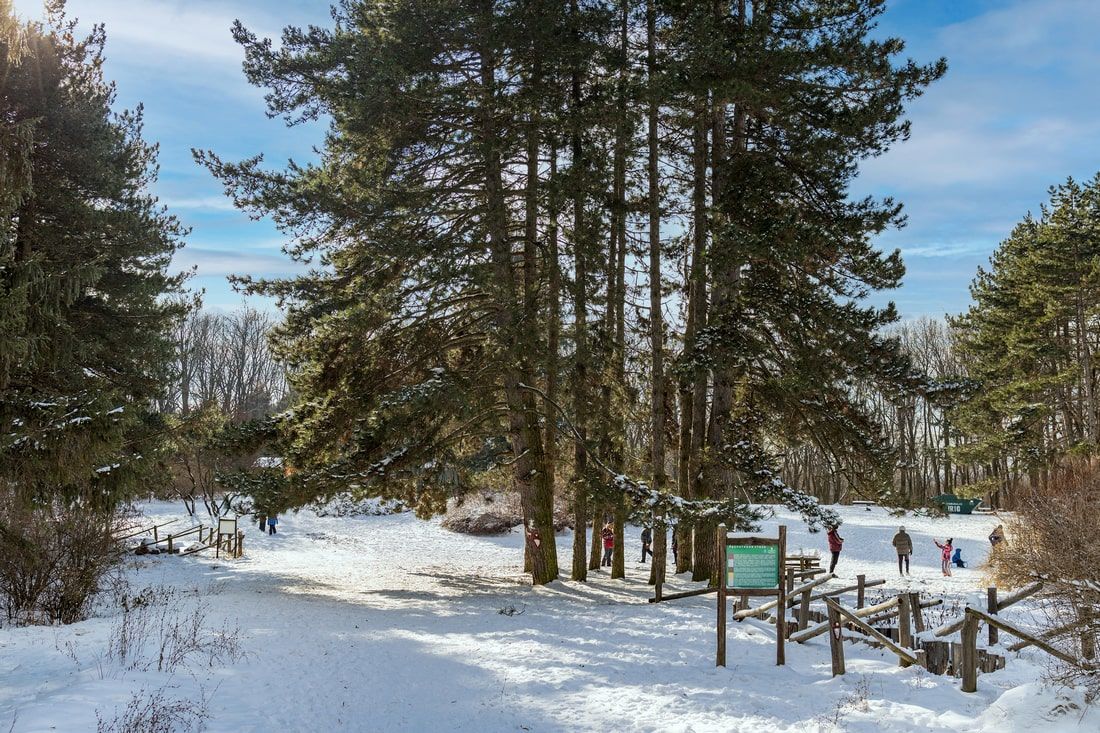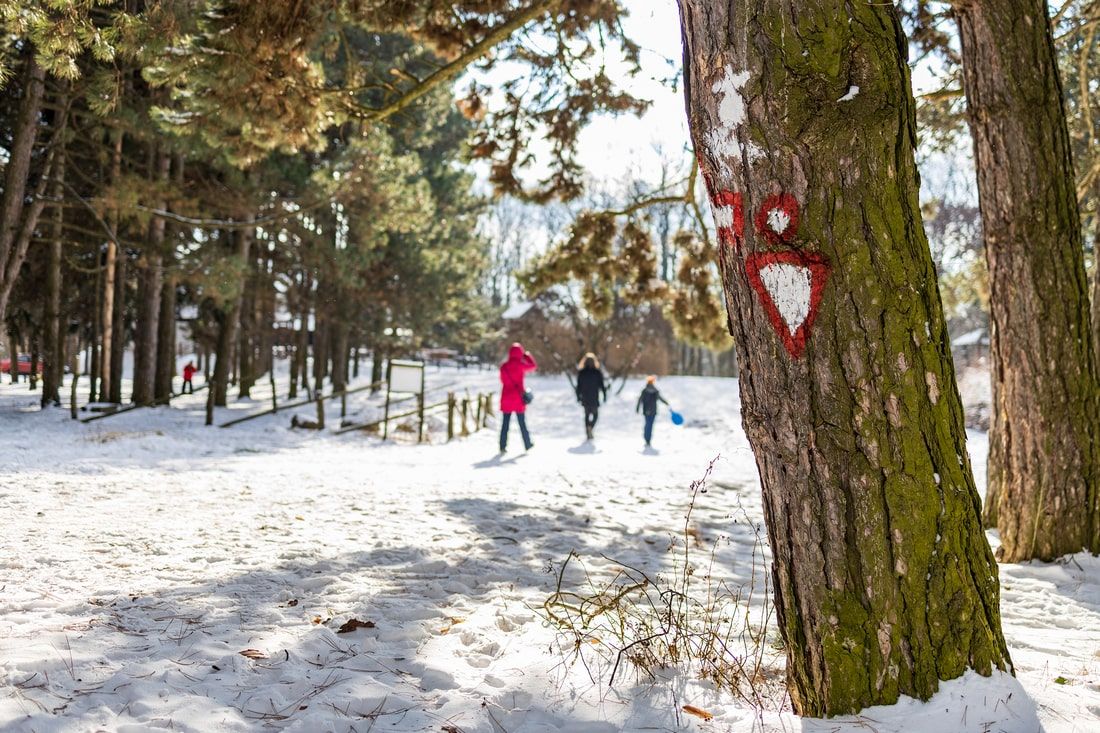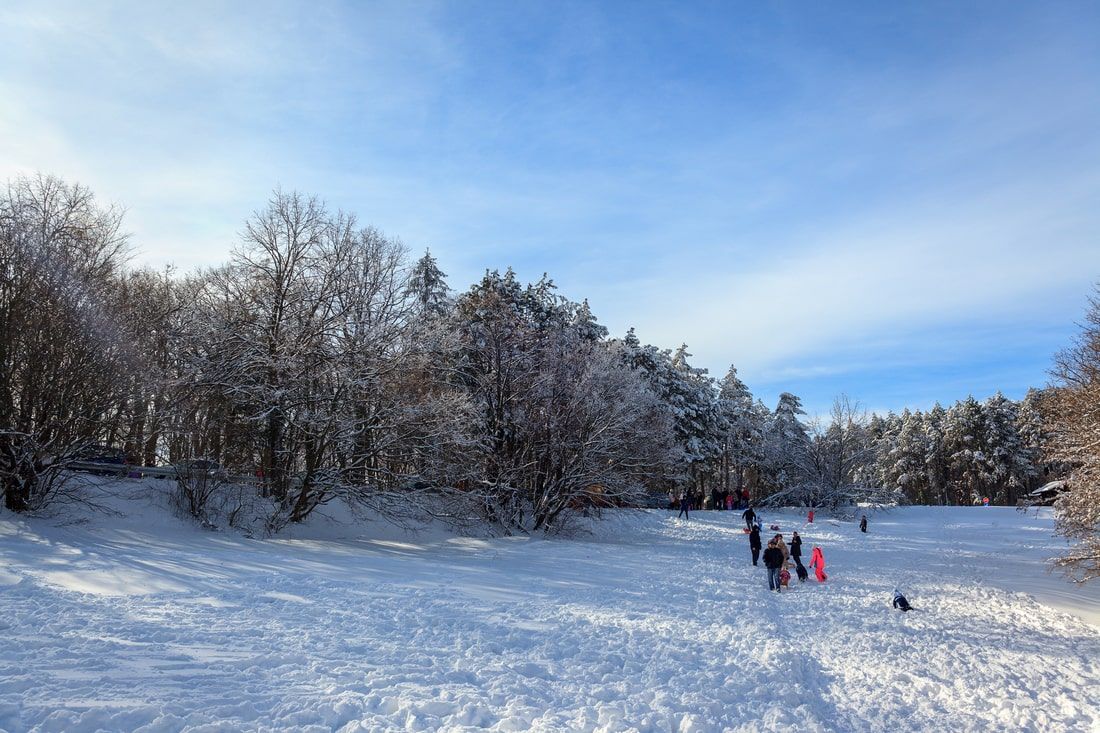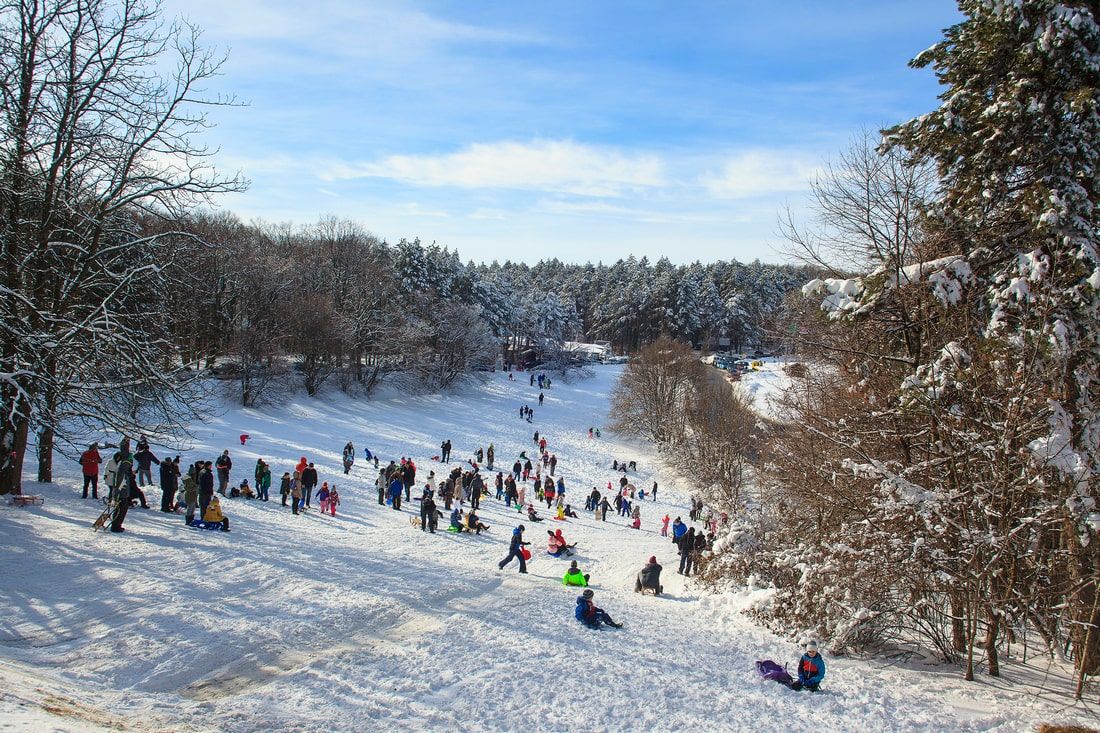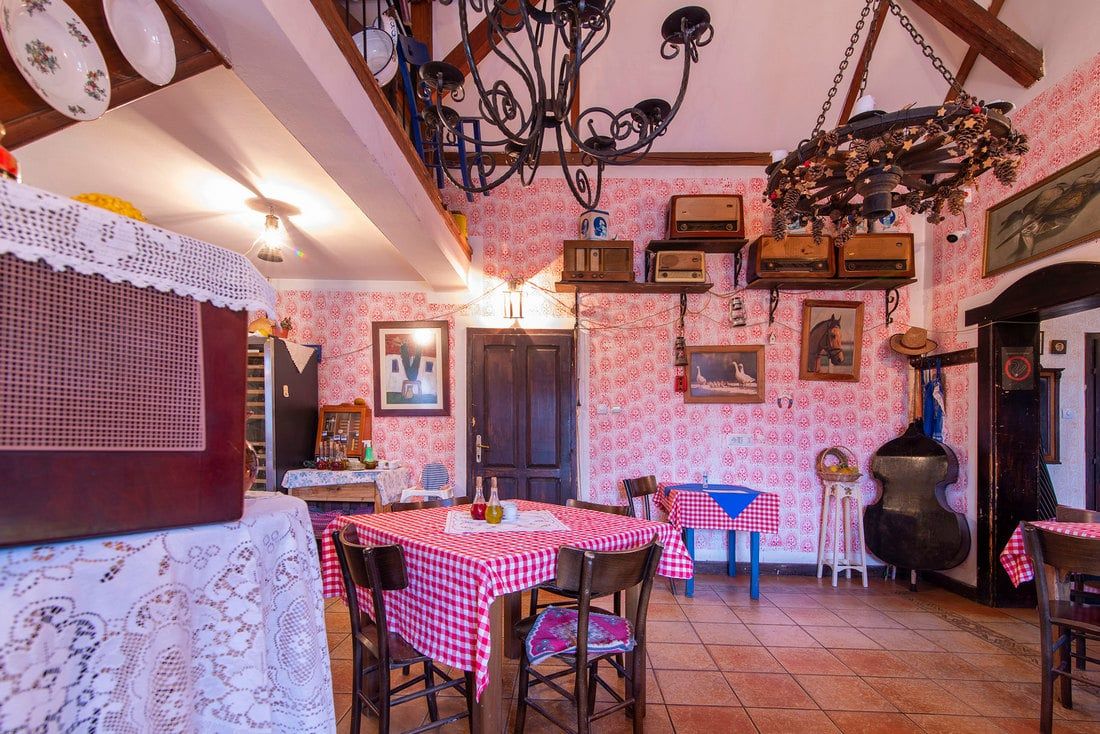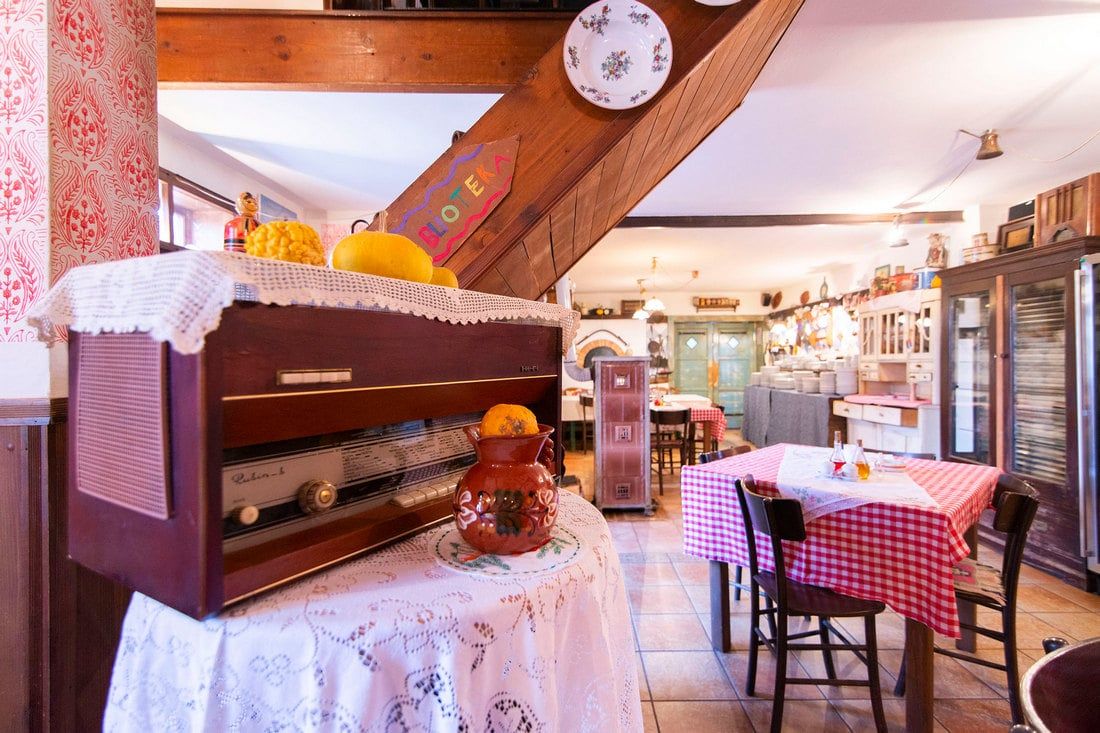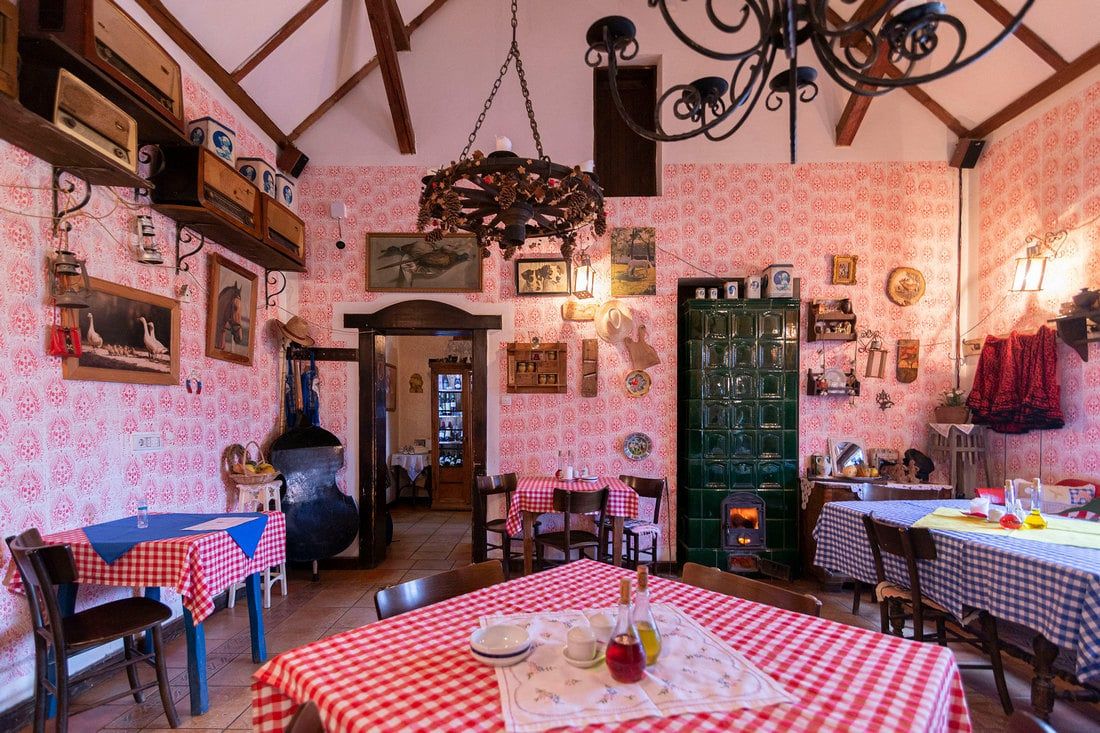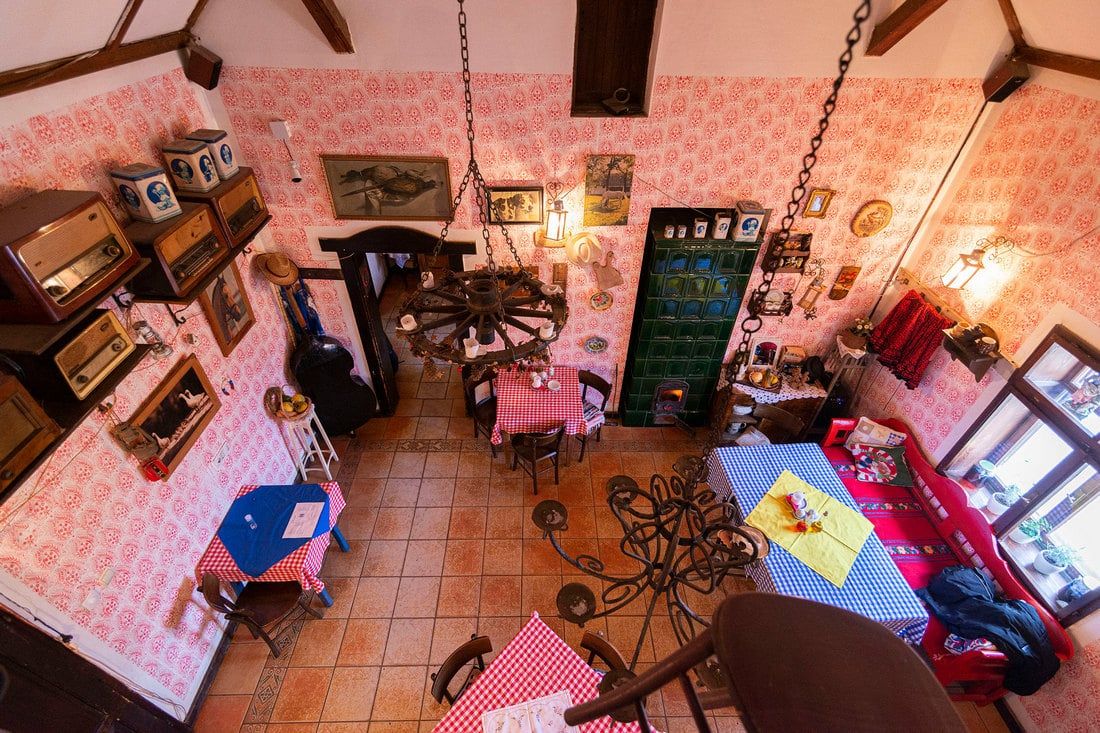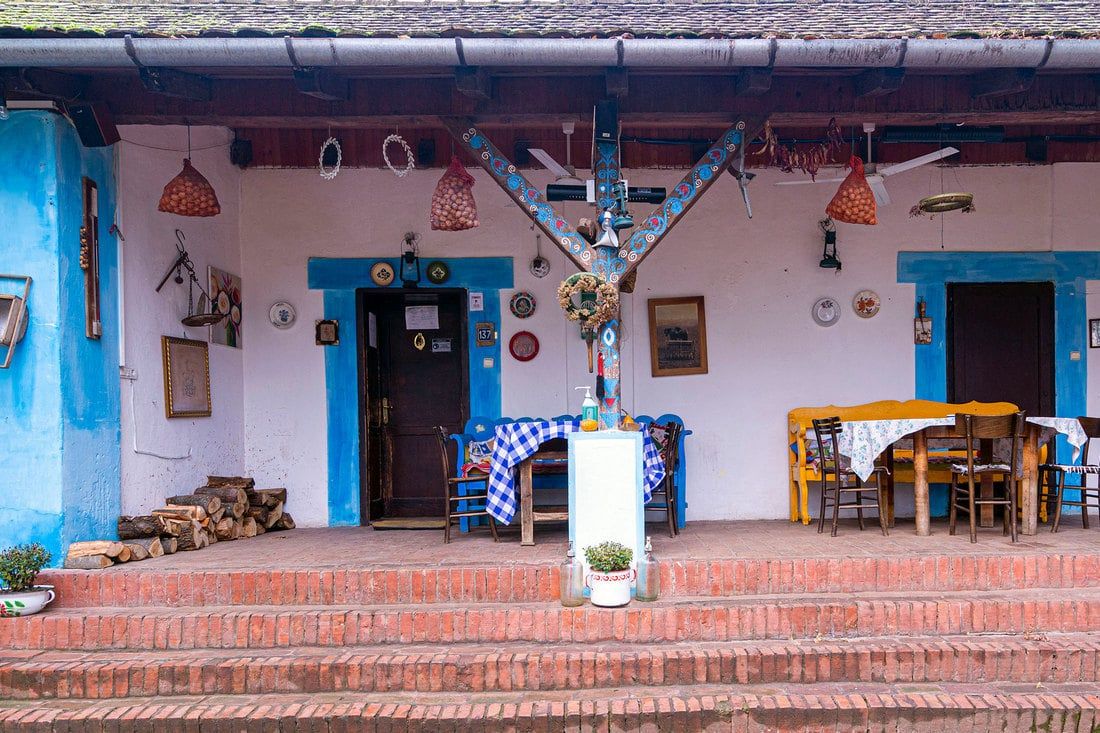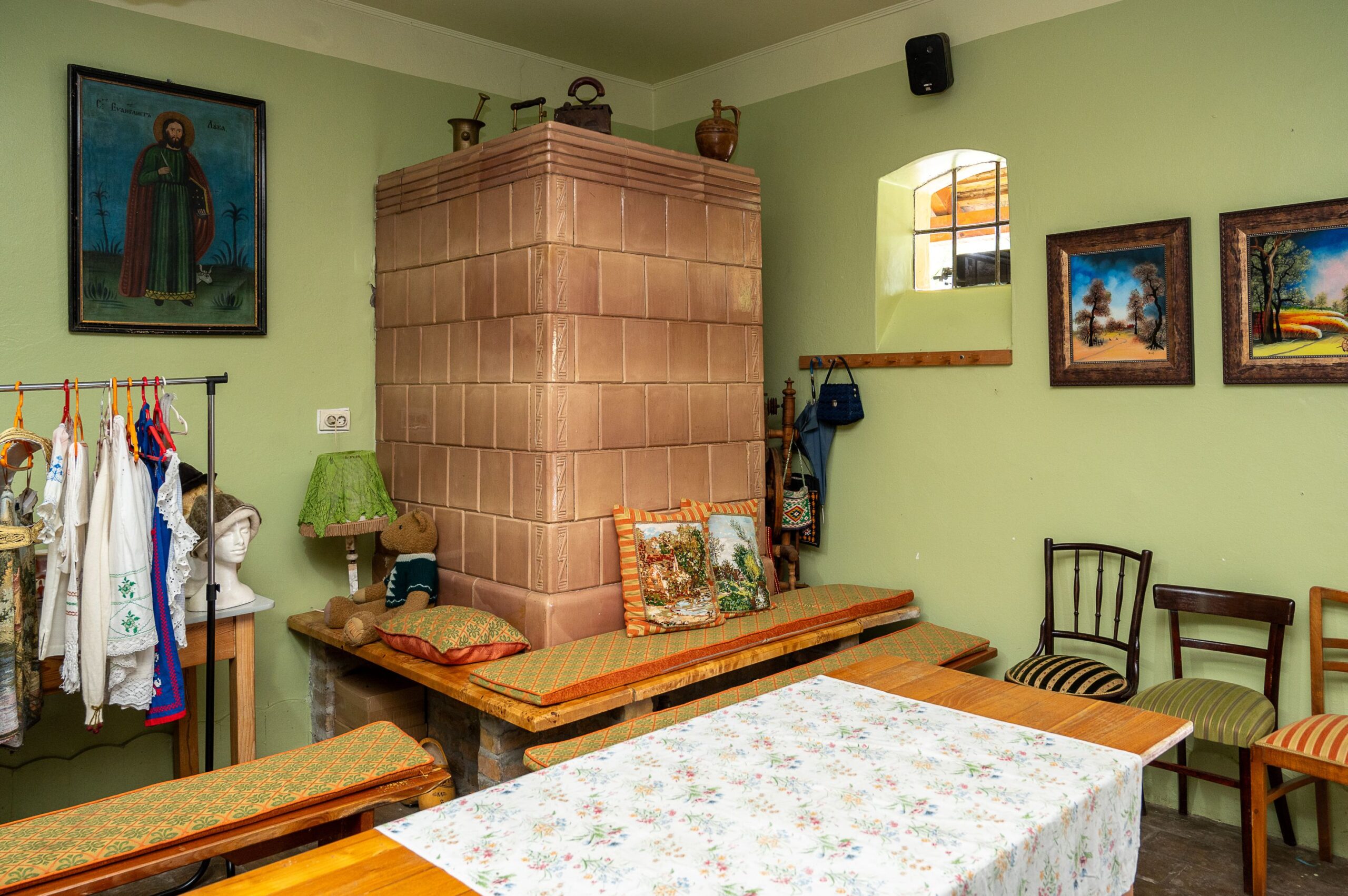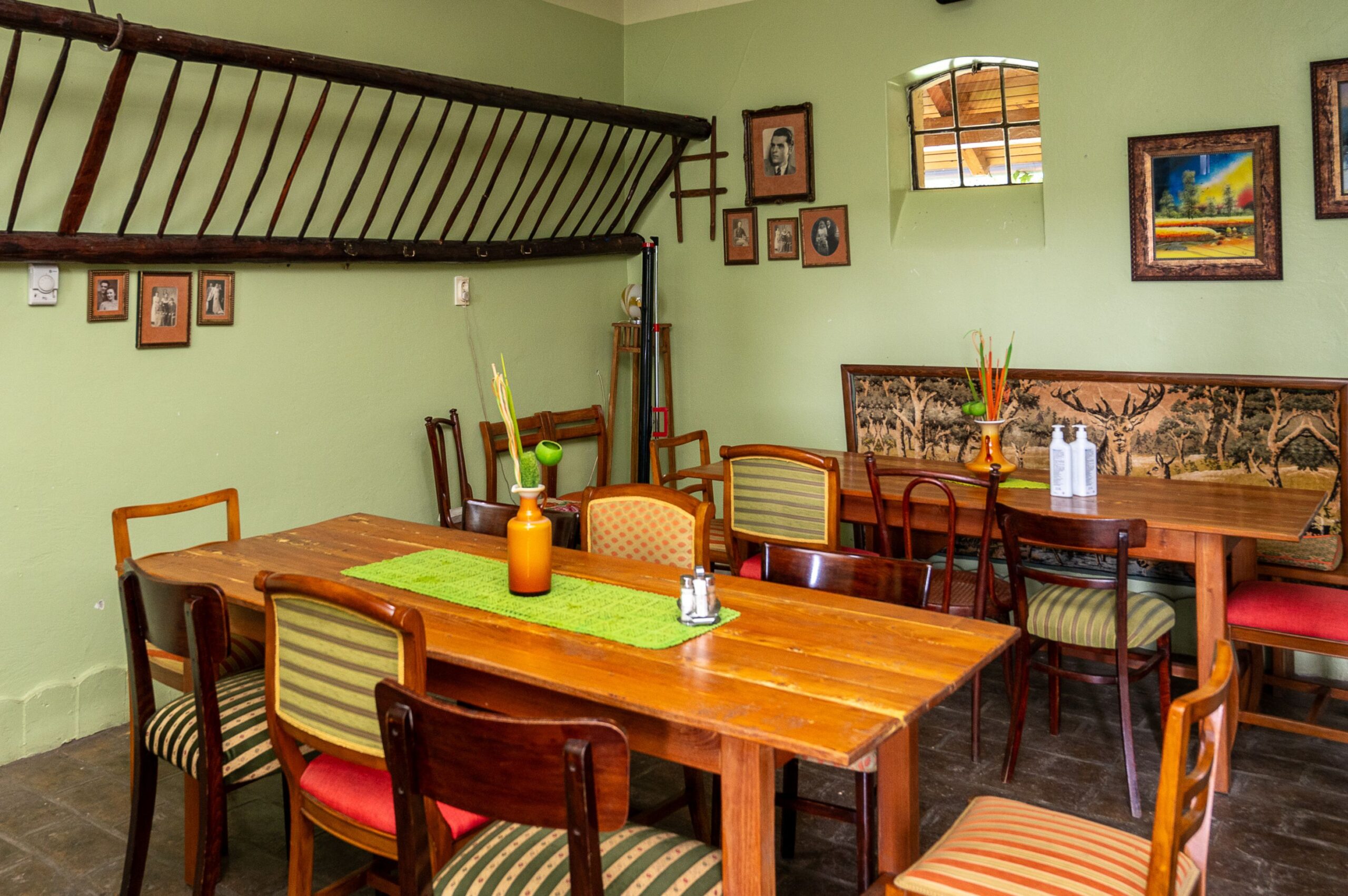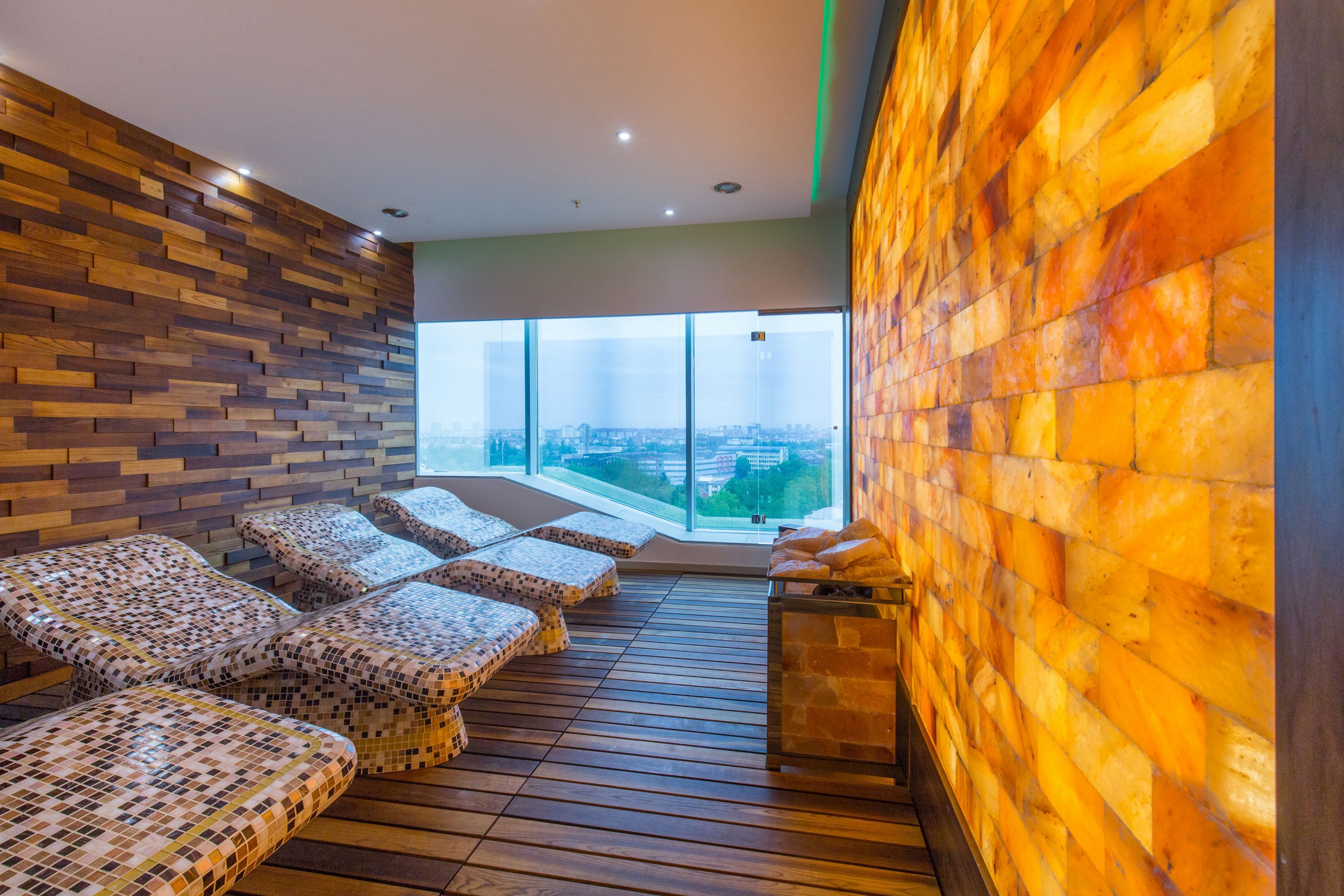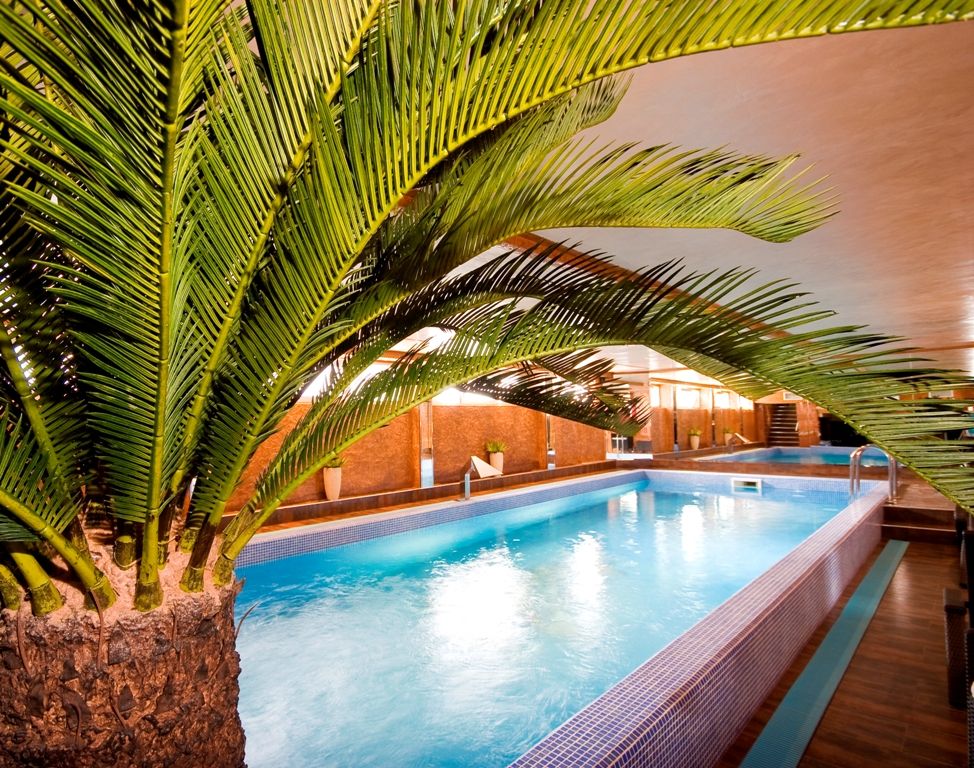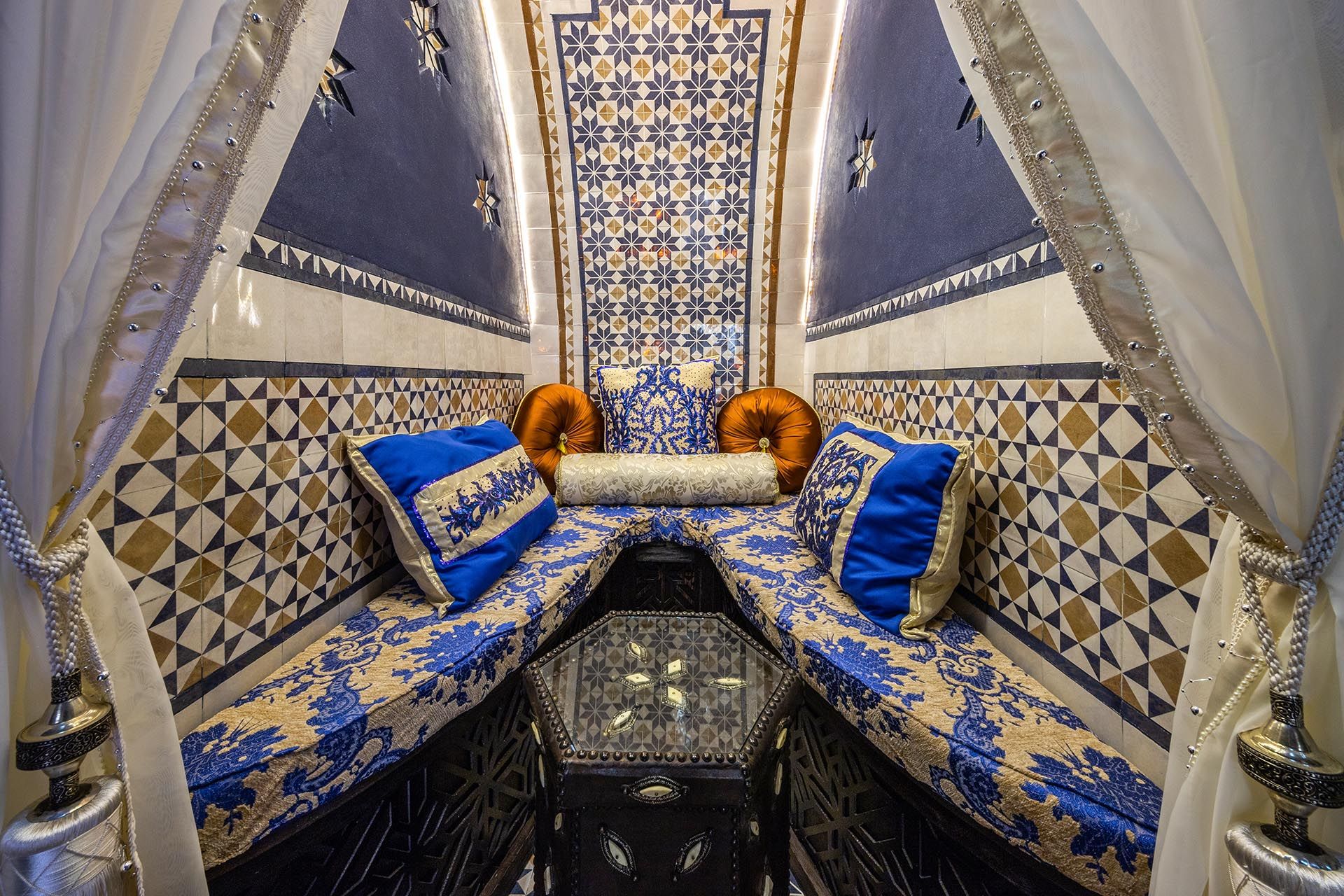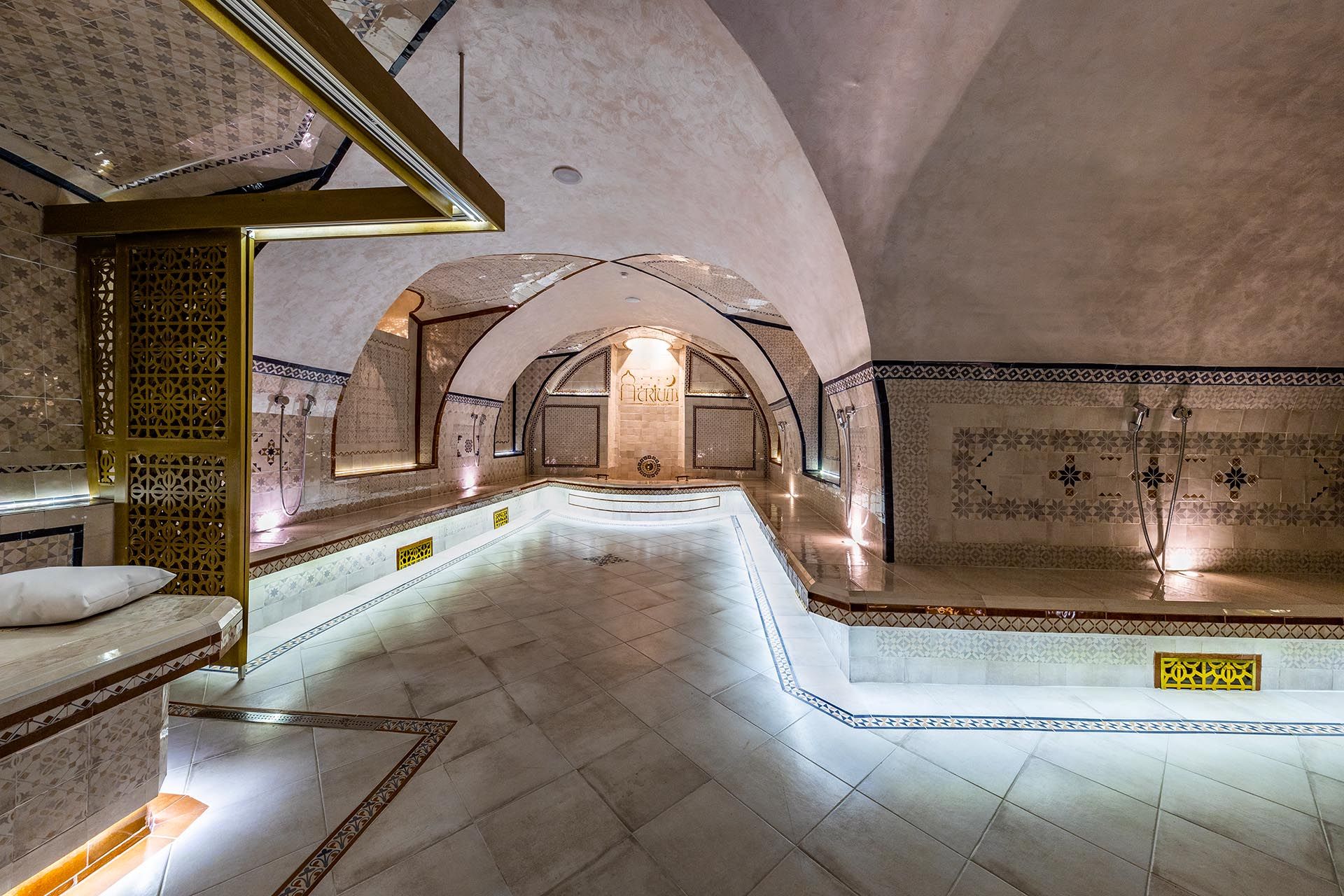52 Weekends- January
Velika Remeta monastery and Cave of Bethlehem
The most joyful Christian holiday, Christmas, is traditionally celebrated within the family, but it is also an opportunity to visit Orthodox temples and monasteries.
Velika Remeta monastery is located in the farthest eastern reaches of Fruška Gora and it’s church is dedicated to St. Demetrius of Thessaloniki. According to folk tradition, the monastery was founded by King Dragutin during his reign in Srem, but the first written data can be found mid-16th century. Velika Remeta is especially recognizable for its baroque bell tower, 38.6 meters high, the highest among the Fruška Gora bell towers.
Within the monastery estate, the “Garden of Eden” of Abbot Stefan, you will be especially reminded of Christmas by the replica of Mount Zion and the Bethlehem Cave, where Jesus Christ was born.
In the immediate vicinity is the Šumski Raj restaurant, as well as the nearby monasteries of Krušedol and Grgeteg.
Text: Miloš Dunjić
Celebration of the New Year according to the Julian calendar
Novi Sad has always been recognized in the region as a community that celebrates two Christmases, two Easters and two New Years, equally cordially. It is about respecting two calendars, the Gregorian one, which has been in official use in Serbia for a hundred years and applies to all citizens and the Julian one used by the Serbian Orthodox Church.
Various programs in different parts of the city begin as early as December and last until the end of January the following year. Celebrations of the New Year – the first one on December 31 and the second – Orthodox New Year – on January 13 have a rich, festive, cheerful and artistically valuable character and are part of the tourist offer of Novi Sad.
The celebration of the Orthodox New Year on January 13 is often celebrated more solemnly, since many locals are Orthodox, and it is also dubbed the “Serbian New Year”.
Numerous cafes and restaurants organize celebrations of the Julian New Year.
Text: Gordana Stojaković
Winter magic on Fruška Gora
The Fruška Gora National Park is, so to speak, right at your feet. Adventurers and nature lovers who love walking in the woods will be delighted to put on their hiking shoes and embark on a journey of exploration and adventure. Without any exaggeration, we can say that a winter visit to Fruška Gora provides the same enjoyment as the summer one. Take your phone or camera out of your backpack right away, keep it handy, because you’ll find inspiration here, every step of the way.
Perfectly clean air and rich natural resources, make this mountain the perfect destination for a true winter fantasy. You will make new memories here, but the walk will take you back to your childhood as well, when you rushed down the hill on a sled, roaring with laughter.
The favorite kids’ place to go sledding is the one at Iriški venac. It is located at the intersection of the Novi Sad – Ruma highway and the Partizan road and is easily accessible by car or bus number 86 connecting Novi Sad and Vrdnik. Just a few kilometers away, in the direction of Vrdnik, at the Zmajevac excursion site, there is another popular sledding location. Tucked away in the woods among the snow-covered trees, this trail is a favorite because it’s illuminated in the evening, so one can enjoy the winter activities at night as well. After a day of fun, children and their parents can warm up and refresh themselves in one of the restaurants at these two excursion sites, such as the Restoran na Vencu, Lugarnica, Arena and Zmajevac Restaurant. In addition to grilled dishes and local specialties, restaurants are also known for game. For those who want to stay longer, they can choose the nearby Norcev Hotel for a multi-day vacation.
Text: Gordana Stojaković, Slavica Lončar
Warmth of a salaš hearth
December sleet, January snow and winter winds are quite acceptable if we watch them sitting next to stoves and fireplaces, with (mulled) wine, freshly made hot soup and the smell of gourmet surprises from the oven. The winter view from the farming restaurant carries a hint of an indigenous impression of Vojvodina’s nirvana. Let the world stop, “it’s not that urgent”, after all, and if necessary, we just wish people “good health and uphill full throttle” and go on our merry way. Fortunately, hills are rare, and “health comes in through the mouth”. So let’s go to salaši, where the sweetest, simple, homemade dishes are made from potatoes and freshly smoked and dried pork have arrived for tasting. Many salaši have simple “peasant” stoves, a gathering place for both the old and the young, while some salaši offer the atmosphere of a sleigh ride on a snowy plain. Wherever you find yourself in the story of salaši, you will feel the pleasant warmth, both in your heart and your stomach.
Čenej is particularly recognizable for its salaši, where Salaš 137, Brkin salaš, Pajin salaš, Mitin salaš and others stand out.
Recommended places to visit can be found at the following link https://novisad.travel/salasi/.
Text: Gordana Stojaković
Winter Wellness
Wellness is by many definitions a true state of complete physical, mental and social well-being. The end of January is an ideal time to think of yourself, let yourself be pampered and plan a relaxing weekend in Novi Sad. Whether it’s a massage, jacuzzi, sauna, steam bath, indoor pool or luxury wellness packages, Novi Sad has something for everyone.
A unique attraction in the heart of the city, inspired by Morocco, is the Atrium Hamam & Spa, a place that will offer you a complete and authentic wellness experience for all senses.
Modern wellness oases of peace and relaxation are also Green Life, Lux Spa and Lotos Spa & Wellness.
Numerous hotels have wellness and spa facilities, and they also offer specially created weekend and family packages with accommodation. We can recommend the spa facilities of the Sheraton, Prezident, Dash and Leopold I hotels.
More ideas and details can be found at the following link: https://novisad.travel/wellness-spa/
Text: Miloš Dunjić

